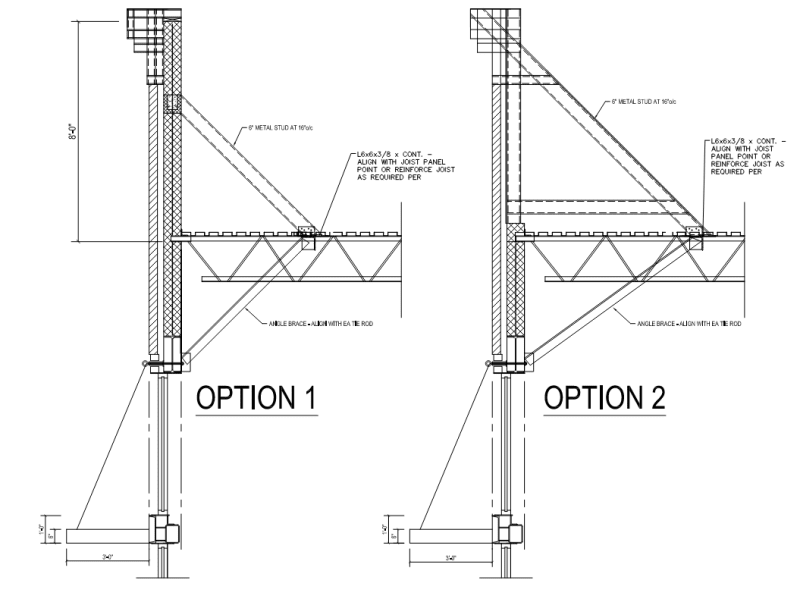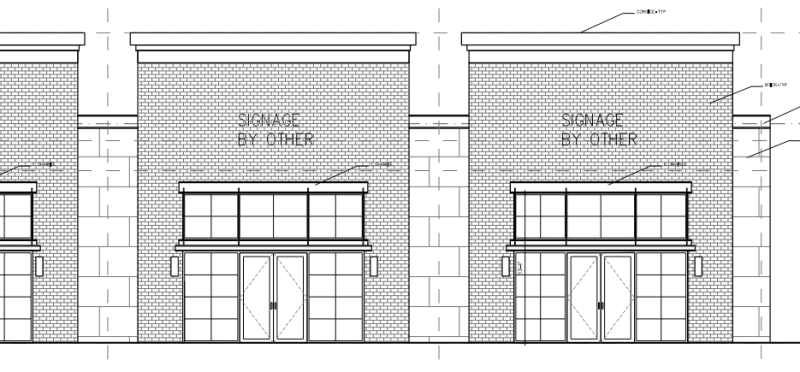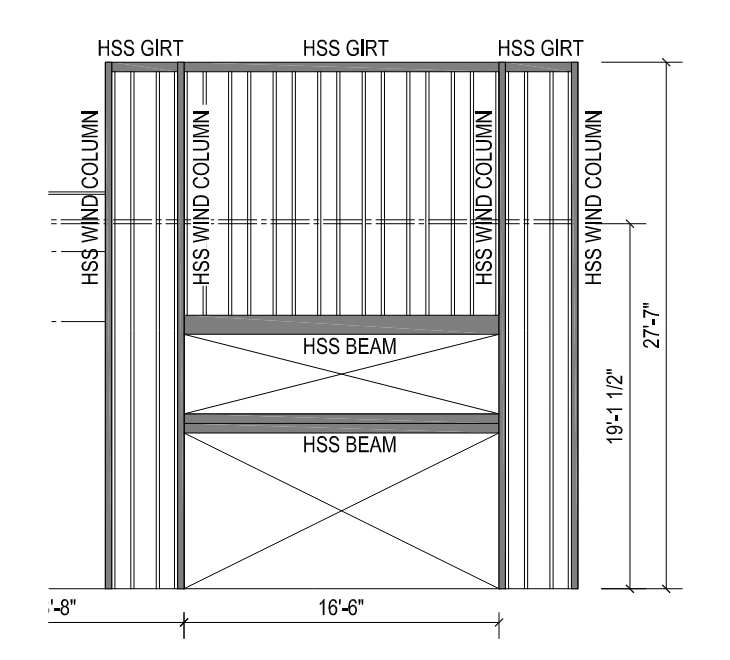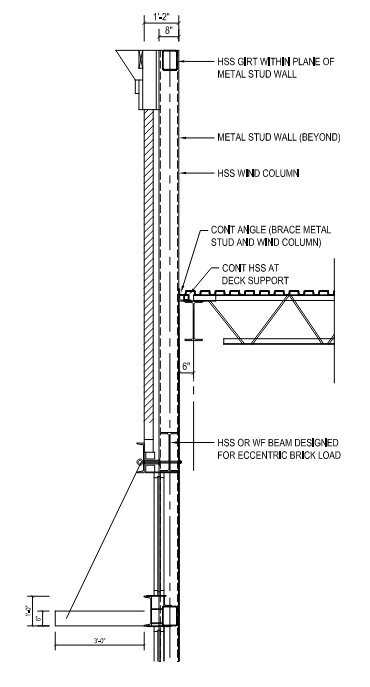Seeking advice on best option for framing a tall parapet above storefront opening. Option 1 shows the block continuing to top of parapet. Option 2 shows block stopping 1 course above joist bearing elevation and metal stud framing above.
My hangup with option #2 is that I am concerned that a horizontal crack will form in the brick facade at the height where the block stops and the metal stud begins.
Any input is appreciated.


My hangup with option #2 is that I am concerned that a horizontal crack will form in the brick facade at the height where the block stops and the metal stud begins.
Any input is appreciated.




